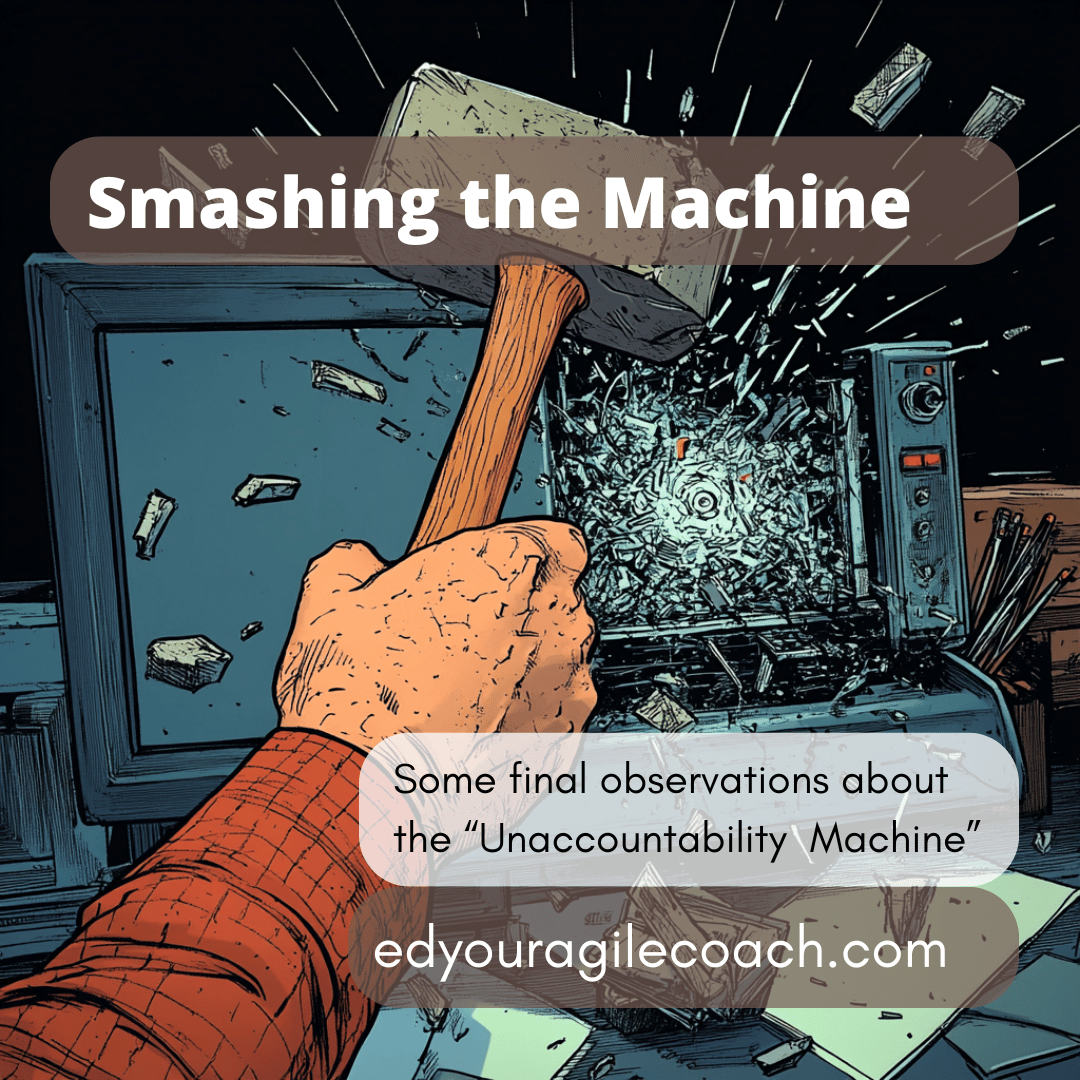Agile pushing the limits of productivity.

November marks the centennial of the end of the First World War. The Western Front of Europe was a muddy ruin. Germany transformed into a republic in the aftermath of defeat. Communists took control of Russia, and the old order of world affairs, unchanged since the collapse of Napoleon, was turned inside out. I doubt any survivors of the “Great War” could imagine what the world would look like in a century. To us, life during the First World War would look familiar. Machine guns, antibiotics, and automobiles existed and played an essential part in the war. To people from that time, our contemporary world resembles science fiction with our smartphones, air travel, nuclear weapons, and medical advances. One hundred years is a long time, and the pace of change is moving swifter. We live in an agile world, and we better start adjusting.
Considering consumption figures since the First World War, the United States and the rest of the world can feed, educate, and clothe more people than at any other time in human history. We are awash in money, and the global economy makes it possible to manufacture more wealth today than at any additional time in history. The main reason for this explosion of wealth and prosperity is twofold: technology and automation have made it possible to manufacture items at the cost of pennies, and the other reason is that productivity per worker has increased geometrically. We live in a world where Moors’ law trumps Marxist theory or the wealth of nations.

Creating products worldwide with teams in India, Ireland, and the United States is possible. In a global economy, work no longer sleeps as it can shift worldwide. Our communications and technology are outstanding. The way we manage technology resembles the time of the Pharaohs. Large groups of people were forced to collaborate, often against their will, to satisfy the desires of a monarch. The management of projects has not improved since the pyramids. Glance around a contemporary corporation, and you see projects managed in the same primitive fashion. Instead of whips and drums to motivate workers, spreadsheets and Gantt charts keep the labor moving forward.
Smart people gathered to write the Agile manifesto to develop a sustainable, sane, and satisfying work method. Waste is slashed, and more value is delivered to customers as a bonus. It was a merger between the needs of the business community and how humans work. The alliance is imperfect. Dark Scrum and Fake Agile are everywhere. The distribution of the productivity surge is uneven. Finally, we have bumped against the upper limit of automation and technological advancement. The productivity figures for the last twenty years will reveal this challenge.
Modern corporations are the last vestiges of feudal culture in our current society. Executives act like royalty and increasingly perpetuate their privilege through networks of wealth and education for their children. Culture considers the middle managers or professionals who make these whims a reality waste. Finally, we squeeze every productivity drop from the people doing the work. It is a cycle of abuse which is self-reinforcing. It is also an obstacle to increasing productivity.
Agile and Scrum do not promise to get people to work faster. Instead, agile techniques promise to interact with the customer in more rapid cycles. Personal agendas, waste, and bureaucracy disappear as the people who do the work interact with the people who purchase the product or service. This is a threat to the current way corporations operate.
The structure of large global businesses is becoming an impediment to the productivity of the people who work for them. If we are going to match the growth of the last 100 years, we must change how business works. This is why I joined the Agile Reformation and continue fighting my lonely struggle to improve my work. I want my descendants to have the same wonder I have over the progress we have made in a century.
Until next time.




Comments ()